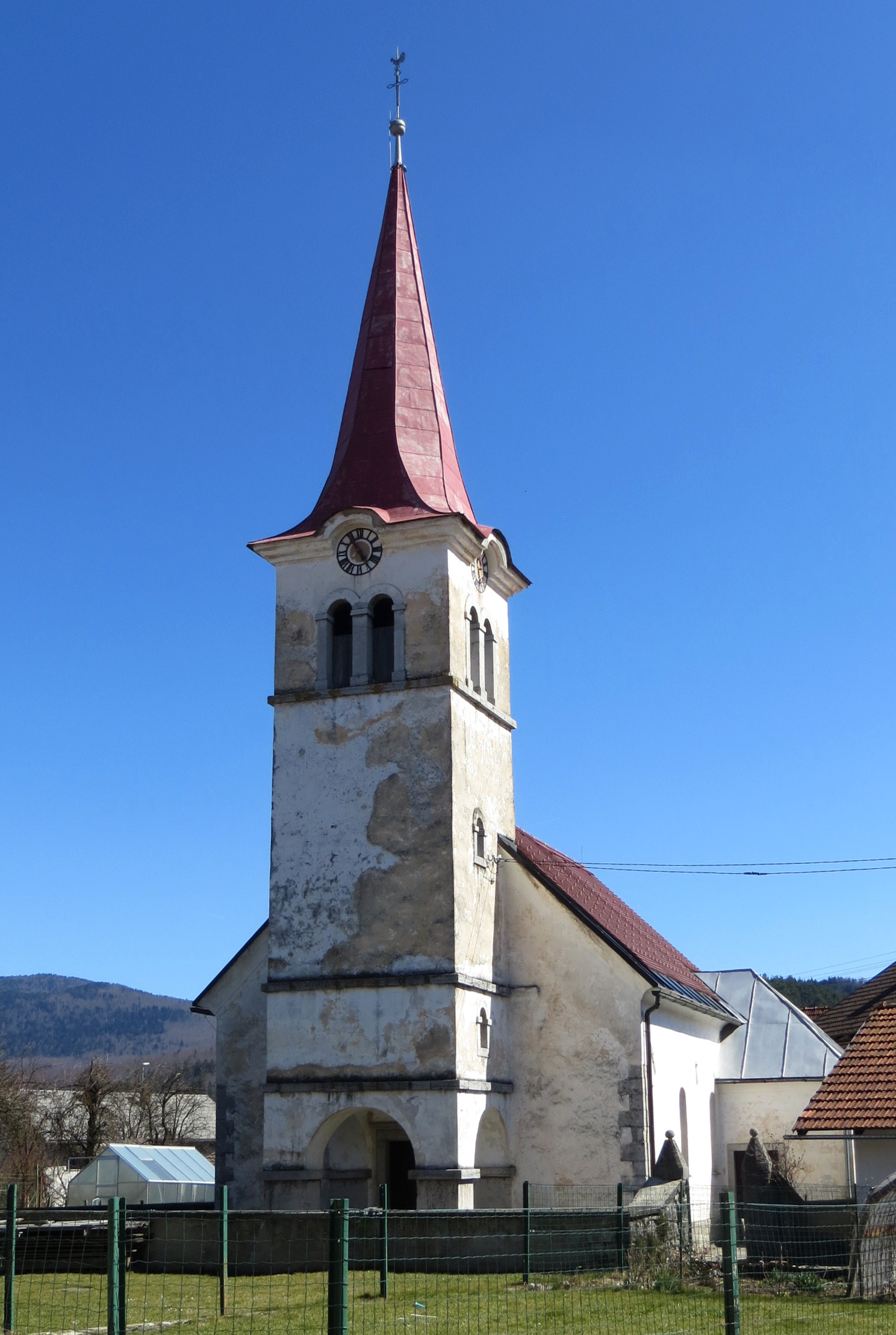|
Lož Karst Field
The Lož Karst Field (; ), also known as the Lož Valley (),Melik, Anton. 1959. ''Slovenija: geografski opis'', vol. 2, part 3. Ljubljana: Slovenska matica, p. 541.Planina, Francè. 1963. ''Slovenija in njeni kraji''. Ljubljana: Prešernova družba, p. 104. is a karst field in Inner Carniola in southwest Slovenia. It is the smallest karst field in Inner Carniola. Geography The Lož Karst Field lies between the Bloke Plateau to the north, Mount Race (, ) to the east, and Mount Snežnik to the west. It is about long and wide, and lies on Triassic dolomite oriented in the Dinaric direction. Little Obrh Spring () lies on the south edge of the karst field in Kozarišče near Snežnik Castle and is fed by water from Mount Snežnik. Big Obrh Spring () lies on the east side of the karst field, near Vrhnika pri Ložu, and is fed by water from Mount Race and the Potok Plateau in the Loški Potok area. The streams from the two springs join west of Pudob to create Obrh Creek, a lo ... [...More Info...] [...Related Items...] OR: [Wikipedia] [Google] [Baidu] |
Polje
A polje, also called karst polje or karst field, is a large flat plain found in karstic geological regions of the world, with areas usually in the range of 5–400 km2 (2–154 sq mi). The name derives from the Slavic languages, where ''polje'' literally means 'field', whereas in English ''polje'' specifically refers to a karst plain or karst field. Geology A polje, in geological terminology, is a large, flat-floored depression within karst limestone, whose long axis develops in parallel with major structural trends and can become several miles (tens of kilometers) long. Superficial deposits tend to accumulate along the floor. Drainage may be either by surface watercourses (as an ''open polje'') or by swallow holes (as a ''closed polje'') or ponors. Usually, the ponors cannot transmit entire flood flows, so many poljes become wet-season lakes. The structure of some poljes is related to the geological structure, but others are purely the result of lateral dissolut ... [...More Info...] [...Related Items...] OR: [Wikipedia] [Google] [Baidu] |
Inner Carniola
Inner Carniola ( ; ) is a traditional region of Slovenia, the southwestern part of the larger Carniola region. It comprises the Hrušica (plateau), Hrušica karst plateau up to Postojna Gate, bordering the Slovenian Littoral (the Goriška, Gorizia region) in the west. Its administrative and economic center of the region is Postojna, and other minor centers include Vrhnika, Logatec, Cerknica, Pivka, and Ilirska Bistrica. Name The English name ''Inner Carniola'', like the Slovene name ''Notranjska'', is a translation of German ''Innerkrain'', referring to the southwest part of Carniola. The name was created by analogy with ''Inner Austria'' (), referring to the southwestern Habsburg hereditary lands. History Inner Carniola was a ''Circle (administrative division), kreis'' of the Duchy of Carniola, ruled by the archducal House of Habsburg within the Inner Austrian lands starting in the 14th century. The territorial arrangement was described by the scholar Johann Weikhard von Val ... [...More Info...] [...Related Items...] OR: [Wikipedia] [Google] [Baidu] |
Kozarišče
Kozarišče (, in older sources ''Kozaršče'', , ) is a village south of Stari Trg pri Ložu in the Municipality of Loška Dolina in the Inner Carniola region of Slovenia. The area of the village extends south of the main settlement right to the Snežnik Plateau and to the border with Croatia. Snežnik Castle, a 13th-century castle, is located just southwest of the village. Church The local church in the settlement dates to the mid-16th century and is dedicated to Benedict of Nursia, Saint Benedict and belong to the Parish of Stari Trg pri Ložu. Mass graves Kozarišče is the site of two known Mass graves in Slovenia, mass graves associated with the Second World War. The Kozlovka Cave Mass Grave () is located in a spruce woods along the road from Kozarišče to Knežak. It is a deep shaft that contains the remains of Slovene anticommunist militia members. The Grobnica Mass Grave () is located in the forest southwest of the settlement. It contains an undetermined number of victi ... [...More Info...] [...Related Items...] OR: [Wikipedia] [Google] [Baidu] |



